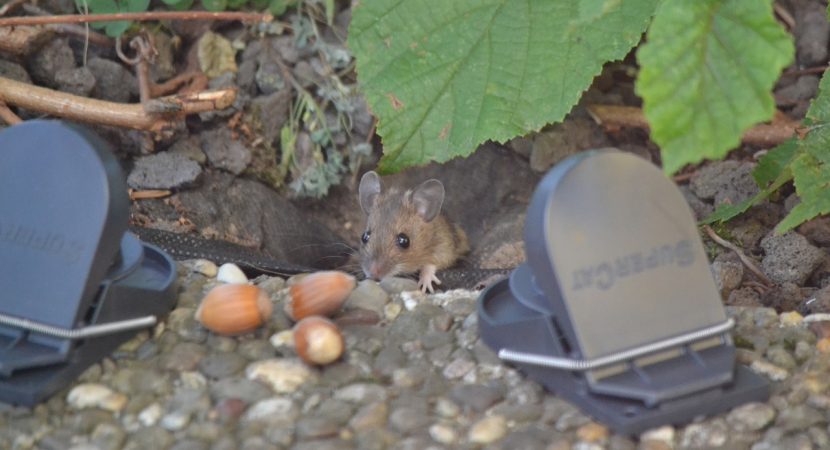Last Updated on
Most homeowners and gardeners are now turning to organic pest control methods. It’s much safer and environmental-friendly. There are plenty of organic pests control techniques that one can use to keep the troublemakers away and to avoid unnecessary losses in your garden. Excel Pest Services recommends a set of techniques that gardeners should use to minimise the application of chemicals on their farms. Organic pests control methods help reduce the cost of production as well as avoid environmental pollution. Additionally, organic pests control techniques are affordable and easy to execute. In the following discussion, we have outlined the best organic pests control tips for your yard.
Use Beneficial Insects
Do you know that there are beneficial insects that can feast on the pests? Excel Pest Services identifies some of the most beneficial insects for controlling pests in your yard. Such insects include damsel bugs and ladybugs. It’s important to know that not all insects that make their way inside your garden are pests. Often, some of those insects eat the creatures that usually attack plants. Therefore, you need to find ways of attracting these insects into your farm to keep away the destructive pests by all means.
The use of beneficial insects is considered one of the most affordable and environment-friendly ways to handle the insects giving you a hard time on your farm. Other creatures such as ducks and chicken can also be used to control the dangerous pests in your yard. However, you should be keen so that the creatures do not turn on your plants instead of feasting on the harmful pests.
Diatomaceous Earth
Gardeners facing tough times during production can opt for diatomaceous earth to keep pests away, which allows the plants to blossom. Diatomaceous earth is dangerous to insects that invade our farms. However, it’s not harmful to animals, people, and the environment. Research has proven that insects that come in contact with the substance die moments later. The substance damages the exoskeleton of the pests by dehydrating them, hence leading to their death. It is advisable to spread the same on the ground to ensure every insect that comes into contact with it dies.
Select the Right Plants
This applies to gardens that are located in areas with a high pest invasion. This makes plant selection a critical process for the productivity of your garden. Always consider plants that have high resistance to pests. Royal acorn and butternut are some of the good examples of plants that resist various types of pests. Although this option may not eradicate the disaster, it can mark as a good start towards effective organic pest control.
Use Barriers
Setting up physical barriers is also an effective way to control dangerous pests that are likely to damage your plants. Creating barriers around the yards makes it difficult for pests to access the garden. Floating row covers can be a perfect alternative for farmers who want to keep various types of pests from their homes. The covers help in protecting the young plants as they grow. Notably, fabric can act as a good cover for young plants. When using fabric, it’s normally anchored to the ground to create a barrier that the pests cannot pass through.
Intercropping
Some gardeners opt to put different plants in rows to prevent pests from causing extensive damage. The plants are often mixed to make it difficult for the pests to access the specific type of crop they want to damage. Intercropping can be an effective method since pests do not feed on all types of crops.
Handpicking
Some pests are easy to see in the yard, thus making it easy for gardeners to use the handpicking method. Since the method can be time-consuming, the process should be conducted as quickly as possible. Also, the method helps in identifying the beneficial insects and getting rid of the destructive ones.
In conclusion, organic pests control gardening methods are effective and cheap. They are environmental-friendly, cost-effective, less time consuming, and with low labour demand. Some of the best techniques to embrace include handpicking, the use of beneficial insects, the use of barriers, and the application of diatomaceous earth.


Reply